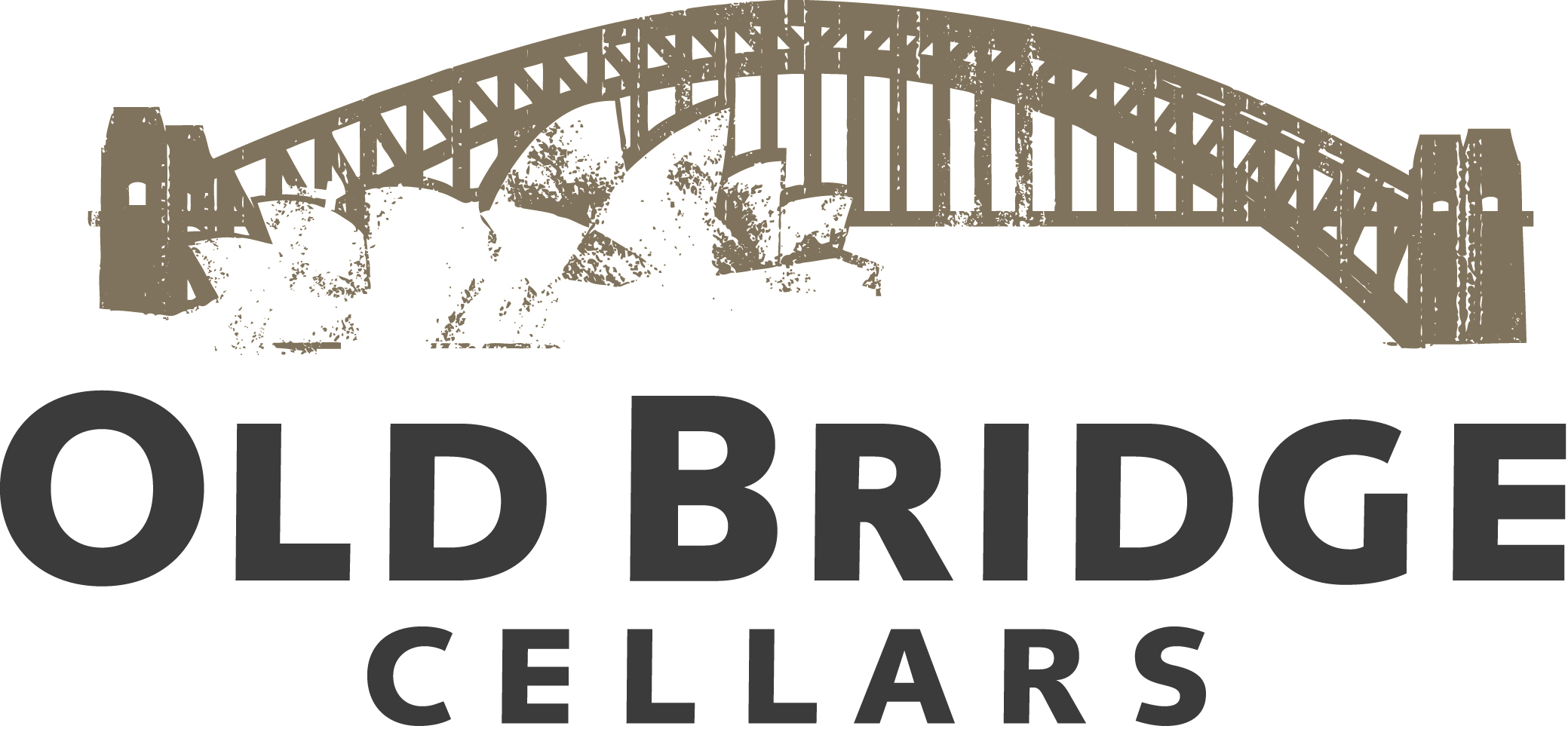d’Arenberg’s Single-Vineyard Shiraz Wines for 2010
Bigger Than Your Head
by Fredric Koeppel
January 23, 2014
Chester Osborn, fourth generation owner and chief winemaker for d’Arenberg, in South Australia’s McLaren Vale, decided that for 2010 he would bottle a separate shiraz wine (and three grenache) from each of the 12 vineyards that contribute to his top ‘iconic’ wine, The Dead Arm Shiraz. The point was to celebrate and emphasize the concept that different ages of vines, variations in soil and sub-soil types, difference in the geological lie of the land, the aspect and exposure – all elements in the notion of terroir – would produce wines of different character. I tasted nine of those 12 very limited edition shiraz wines and found that each one, while generating true syrah/shiraz qualities, exhibited a varying sense of detail and dimension. Primarily what they share is tremendously dense and sizable structures and, in some cases, nearly impenetrable tannic and mineral qualities; they’re wines made for the long haul.
Australia doesn’t hold a patent on strange and colorful names for wine labels, but that continent surely can lay claim to jump-starting the trend, with the irrepressible Chester Osborn taking a good deal of the blame. I won’t explain the flamboyant names of the separate vineyards represented here, though each label, traversed by the signature d’Arenberg red stripe, has a tale to tell. Osborn himself is depicted in pixie fashion on each image, complete with his trademark curly blond locks and loud shirts.
I’ll offer these brief notices in alphabetical order. All of these McLaren Vale shiraz wines received an oak regimen of 20 months in new and old French barriques and old American barrels. Production for each was 200 six-pack cases; price per bottle is $85.
d’Arenberg The Amaranthine Shiraz 2010. 13.8% alc. 44-year-old vines. Plot is 3.3 hectares (8.3 acres), loamy sand on limestone. Deep rich ruby color; tar and leather, briers and brambles; black cherries and plum pudding, very spicy; dense and chewy, freighted with velvety tannins and graphite minerality; the mineral and oak elements increase on the finish. Try 2015 through 2020. Excellent.
d’Arenberg The Bamboo Scrub Shiraz 2010. 13.9% alc. 18-year-old vines. Plot is 1.5 hectares (3.9 acres), sandy loam on sand. Dark ruby-purple color; deeply fragrant, fruity (black and blue fruit) and spicy; also densely tannic and earthy; very ripe though, fleshy, slightly macerated, yet boldly structured, austere and a little demanding; great vibrancy and resonance. Try 2015 or ’16 through 2020 to ’25. Excellent.
d’Arenberg The Blind Tiger Shiraz 2010. 14.1% alc. 87-year-old vines. Plot is 2.4 hectares (6.1 acres), sandy loam on sand. Deep opaque ruby color; ripe and fleshy plums, black berries and black currants, spiced in a compote; very intense and concentrated yet among the most balanced and integrated of these shiraz wines; woody spice, almost exotic, dusty graphite and stacked-up tannins enlivened by blazing acidity. A huge wine but nothing austere. Try 2015 or ’16 through 2020 to ’24. Excellent.
d’Arenberg The Garden of Extraordinary Delights Shiraz 2010. 14% alc. 42-year-old vines. Plot is 2.4 hectares (6.1 acres), sandy loam on sand. Deep ruby-purple color, magenta rim; perhaps not extraordinarily delightful but certainly a wine of enticing floral and spicy aromas wafting over its abyss of tannin and granitic minerals; very intense and concentrated black and red fruit but nicely knit and balanced for a highly structured wine. Try from 2015 through 2020 to ’22. Excellent.
d’Arenberg J.R.O. Afflatus Shiraz 2010. 13.9% alc. 102-year-old vines. Plot is .5 hectares (1.28 acres), sandy loam on limestone and clay; one of the original plantings on land that Joseph Rowe Osborn acquired in 1912. Dark ruby color; very spicy and very floral with heaps of graphite and granitic minerality; blueberries and lavender; ripe, fleshy and meaty; tapenade and potpourri; but all tightly wound around flinty tannins and some wood influence. Best after 2016 or ’17 through 2022 to ’25. Excellent.
d’Arenberg Little Venice Shiraz 2010. 14.2% alc. 15-year-old vines, the youngsters of this group. Plot is 3.6 hectares (9.25 acres), heavy loam on heavy clay. Very dark ruby-purple color; plums and black currants inlaid with graphite, lead pencil, cedar and iron filings; quite dry with grainy dusty tannins and pronounced earthiness. A bit too cabernet-like. Try 2015 through 2020 to ’22. Very Good+.
d’Arenberg The Other Side Shiraz 2010. 14% alc. 96-year-old vines. Plot is 2.2 hectares (5.6 acres), clay, sand and loam on limestone and clay. Dark dark ruby color, almost ebony; piercing minerality and swingeing tannins; leather, briers and brambles; intense core of graphite, potpourri, violets and bitter chocolate; spiced and macerated red and black fruit, notes of black tea, vanilla and cloves; tremendous presence, tone and resonance. Try 2016 or ’17 through 2025 to ’28. Exceptional.
d’Arenberg Shipsters’ Rapture Shiraz 2010. 14.2% alc. 43-year-old vines. Plot is 1.5 hectares (3.9 acres), sandy loam on limestone. Dark ruby color with a magenta rim; a big hit of woody tannins, scintillating granitic minerals and intense and concentrated red and black fruit; earth and underbrush, tough as iron, dense austere finish. Try 2015 or ’16 through 2020 to ’24. Very Good+ with perhaps Excellent potential.
d’Arenberg Tyche’s Mustard Shiraz 2010. 14% alc. 17-year-old vines. Plot is 4 hectares (10.28 acres), loamy clay on limestone. If any of these blockbuster wines can be said to be beautiful (while densely sizable), this is the one. Deep ruby-purple color; plums, black currants, blueberries; violets and bitter-chocolate-covered cherries; leather, smoke and graphite; very earthy with notes of moss and mushrooms; but the whole package, while very granitic and concentrated, is sleek, polished and almost paradoxically elegant; long finish brings in some austerity. Try 2016 or ’17 through 2024 to ’28. Exceptional.
